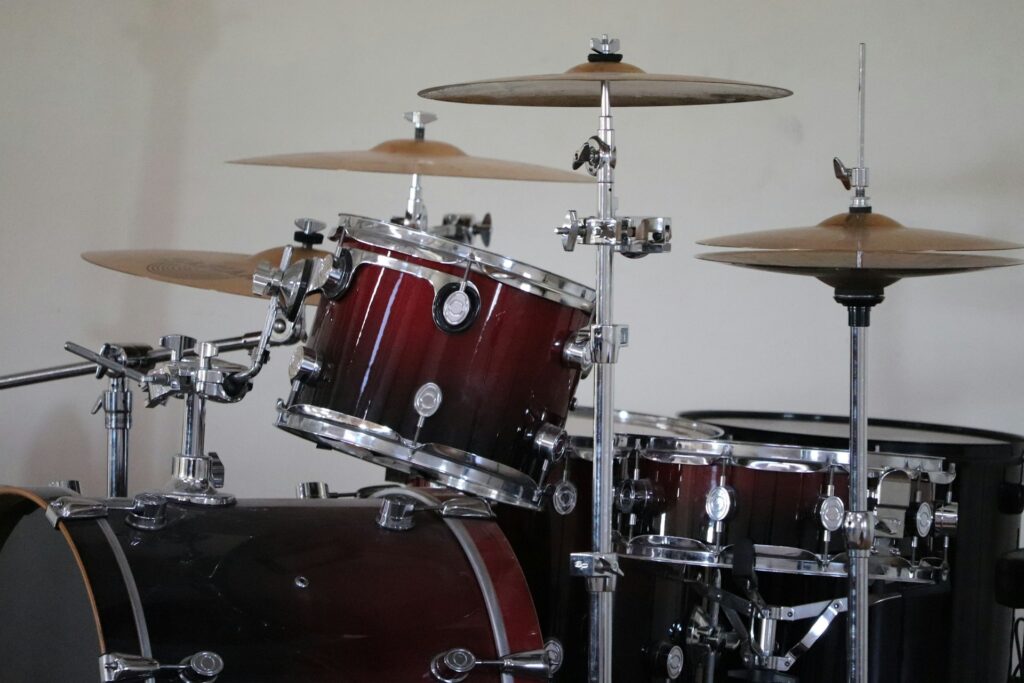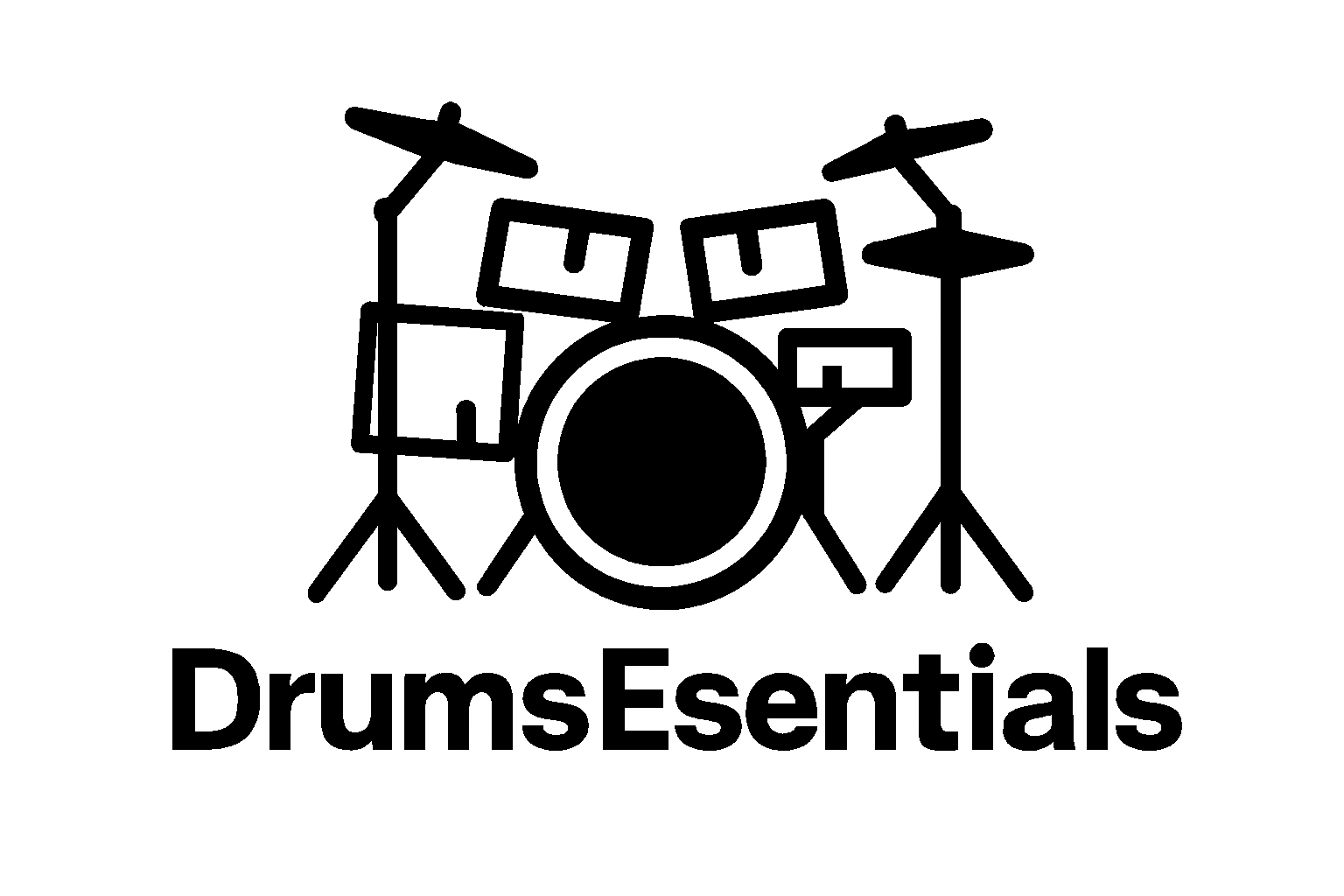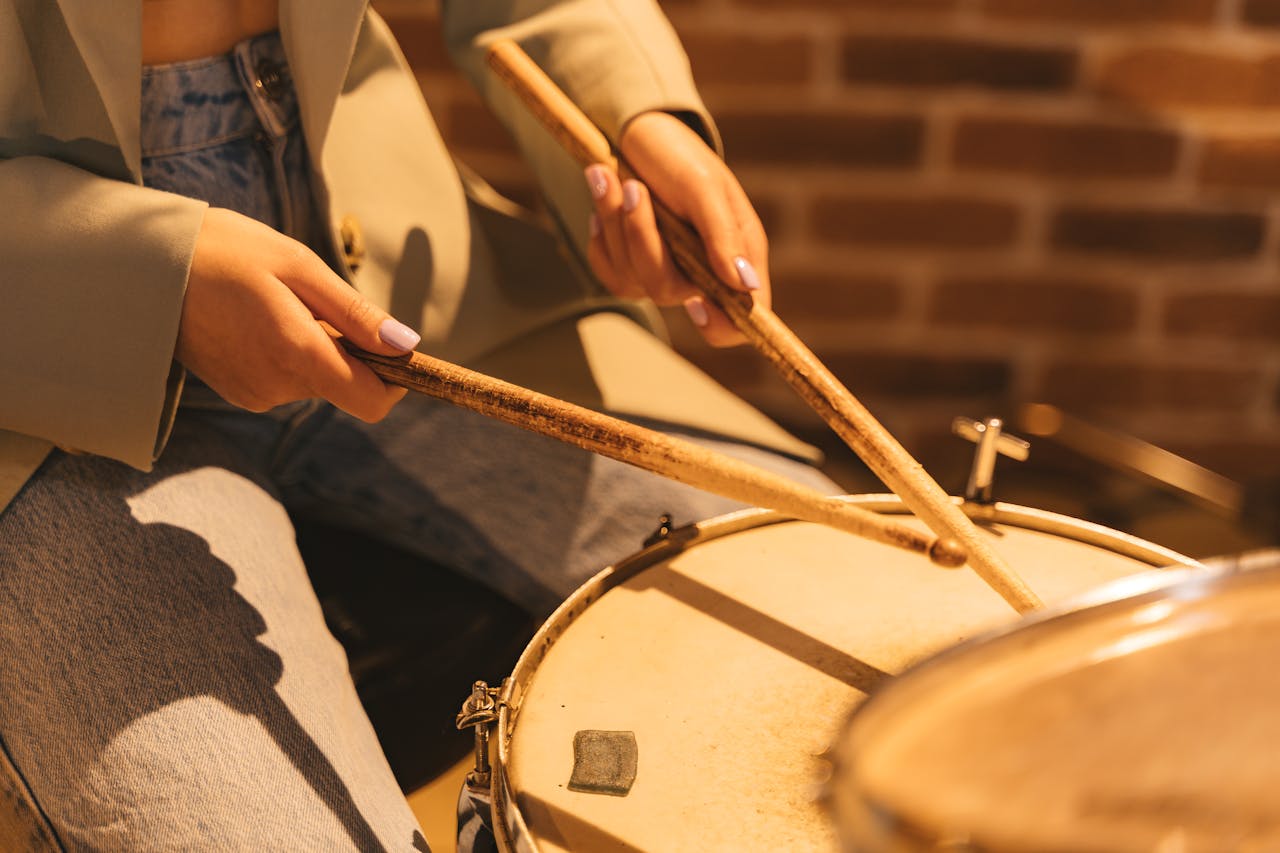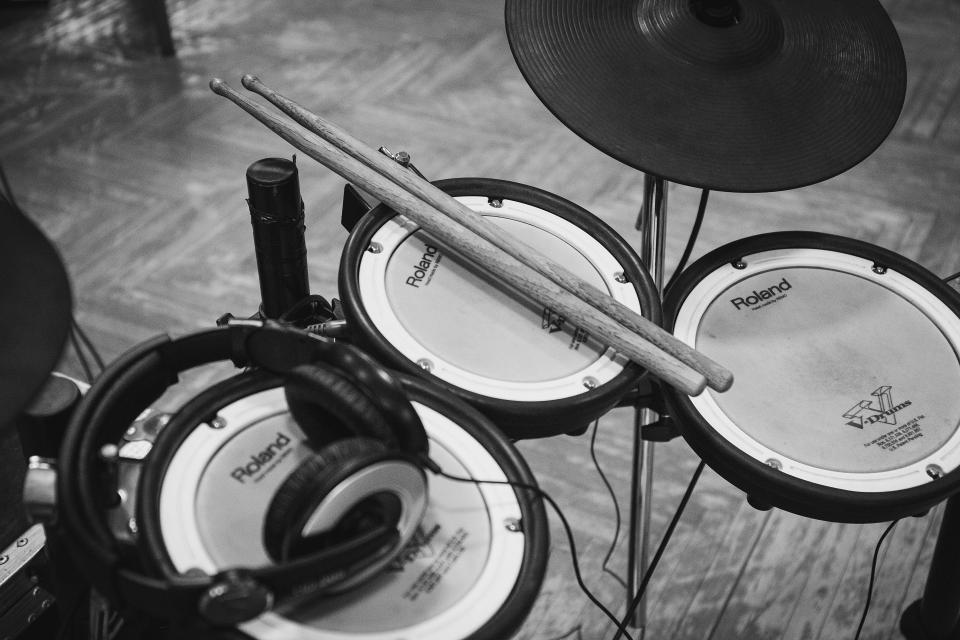If you’re just starting out as a drummer, choosing your first drum kit can be overwhelming. There are countless options, and every brand claims to offer the “best beginner kit.” One name, however, keeps appearing in beginner recommendations: the Yamaha Stage Custom. Known for its reliability and balance between price and quality, this kit has become a favorite for students, teachers, and even gigging drummers.
But is it really the best choice for beginners? Let’s take a closer look.
A Short History of the Yamaha Stage Custom
Yamaha has been making instruments for over a century, and their drum division is respected worldwide. The Stage Custom line was first introduced in the mid-1990s as an affordable alternative to Yamaha’s higher-end kits. It quickly gained popularity for offering professional-level quality at a beginner-friendly price.
Even today, many music schools and rehearsal studios use Stage Customs because they are durable, versatile, and easy to maintain. For a beginner, that means you’re choosing a kit that has already stood the test of time.
Why Beginners Choose the Yamaha Stage Custom
1. Affordable Without Compromise
The Yamaha Stage Custom offers the kind of quality you’d expect from much more expensive drum kits. The shells are made of 100% birch, the same wood used in Yamaha’s professional lines, giving the drums a warm and powerful sound. Beginners benefit because they get a kit that feels professional right from the start.

2. Versatile Sound
Whether you want to play rock, jazz, pop, or funk, the Stage Custom adapts easily. This versatility makes it ideal for beginners who haven’t yet settled on a specific style.
3. Built to Last
Many entry-level kits cut corners on hardware, but Yamaha is known for reliability. Strong lugs, durable mounts, and consistent build quality mean this kit won’t fall apart after a year of practice.
4. Resale Value
Because the Stage Custom has such a strong reputation, it often holds its value better than generic beginner kits. If you ever decide to upgrade, selling your Stage Custom secondhand is usually easier.
Curious about alternatives? Read our breakdown of Electric vs. Acoustic Drums – Which Should Beginners Choose? to explore which setup might suit you better.
What Comes With a Yamaha Stage Custom Kit?
Most Yamaha Stage Custom kits are sold as “shell packs,” which means you get the drums but not always the hardware or cymbals. For beginners, this might feel confusing, but it’s actually common in drumming.
A typical shell pack includes:
- Bass drum
- Snare drum
- Two rack toms
- One floor tom
You’ll still need to buy cymbals, a hi-hat stand, pedals, and a drum throne. While this adds to the cost, it also lets you choose hardware that fits your budget.
How Does It Compare to Other Beginner Kits?
- Against budget kits: The Stage Custom costs more than starter bundles, but the quality difference is obvious. Cheaper kits may sound thin and wear out quickly, while the Stage Custom is built to last.
- Against mid-range kits: Some mid-range kits offer extra finishes or minor upgrades, but many drummers feel the Stage Custom already performs above its price point.
- Electronic alternatives: If noise is an issue, beginners might prefer an electronic kit like Roland V-Drums. But if you can practice acoustically, the Stage Custom delivers a more authentic experience.
According to Yamaha, the Stage Custom is one of their longest-running product lines, still trusted by schools, rehearsal spaces, and gigging drummers around the world. (Yamaha Stage Custom Official Page).
Tips for Beginners Considering the Yamaha Stage Custom

- Budget for extras: Remember you’ll need cymbals, hardware, and a throne. Plan your budget accordingly.
- Consider secondhand: Because the Stage Custom holds its value, many used options are available at lower prices. Beginners can save money without sacrificing quality.
- Think long-term: While you could start with a cheaper kit, choosing a Stage Custom means you’ll have a drum set that can grow with you as you improve.
Subtle but Important: Why This Kit Sells Out
The Yamaha Stage Custom is often recommended by teachers and music schools. As a result, it can sell out quickly — especially during back-to-school periods when new students are starting lessons. Beginners who know they want a solid, long-term kit often order early to avoid waiting.
Conclusion
The Yamaha Stage Custom is one of the most respected beginner-to-intermediate drum kits available today. With professional-grade materials, durable hardware, and a price point that’s accessible to beginners, it offers incredible value.
If you’re looking for your first drum kit and want something that will last for years — not just months — the Yamaha Stage Custom is a strong choice. It may cost more than budget kits, but you’re investing in quality that has already helped thousands of beginners start their drumming journey on the right foot.













